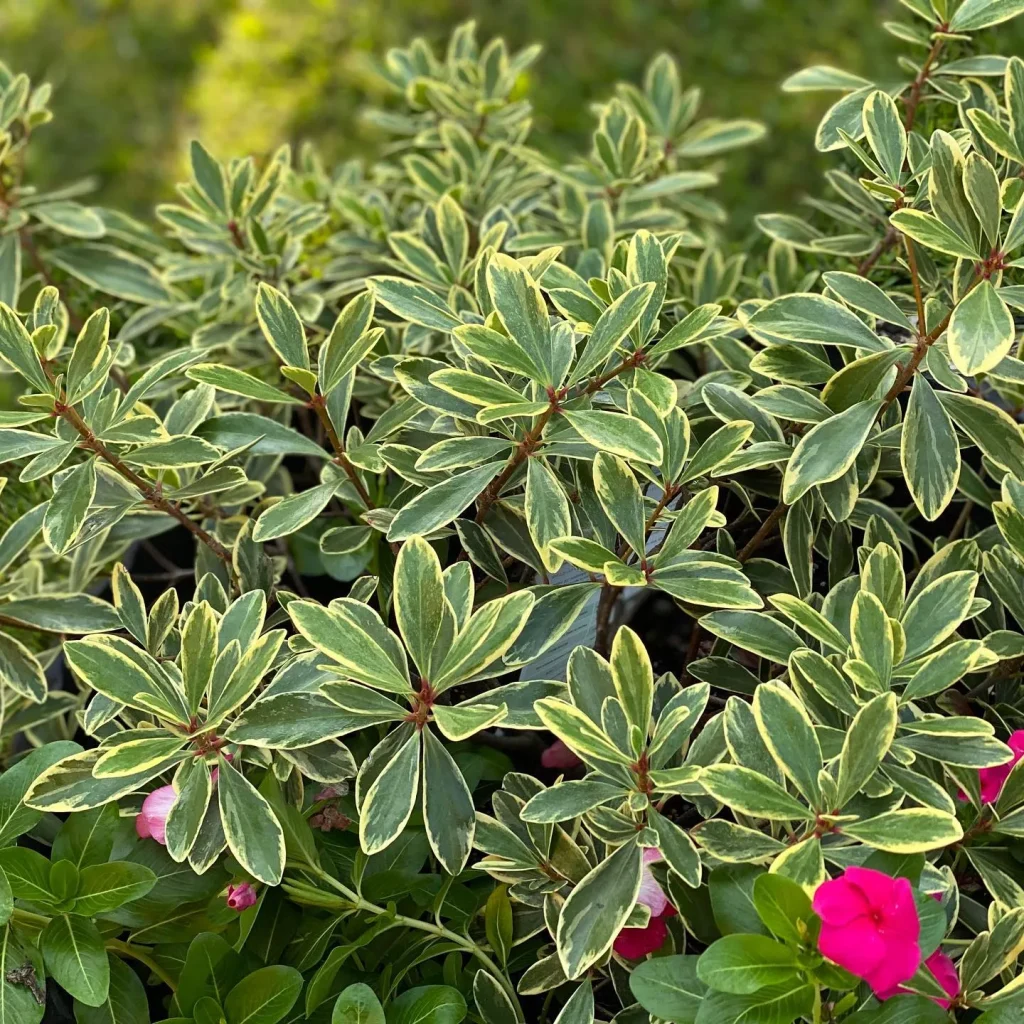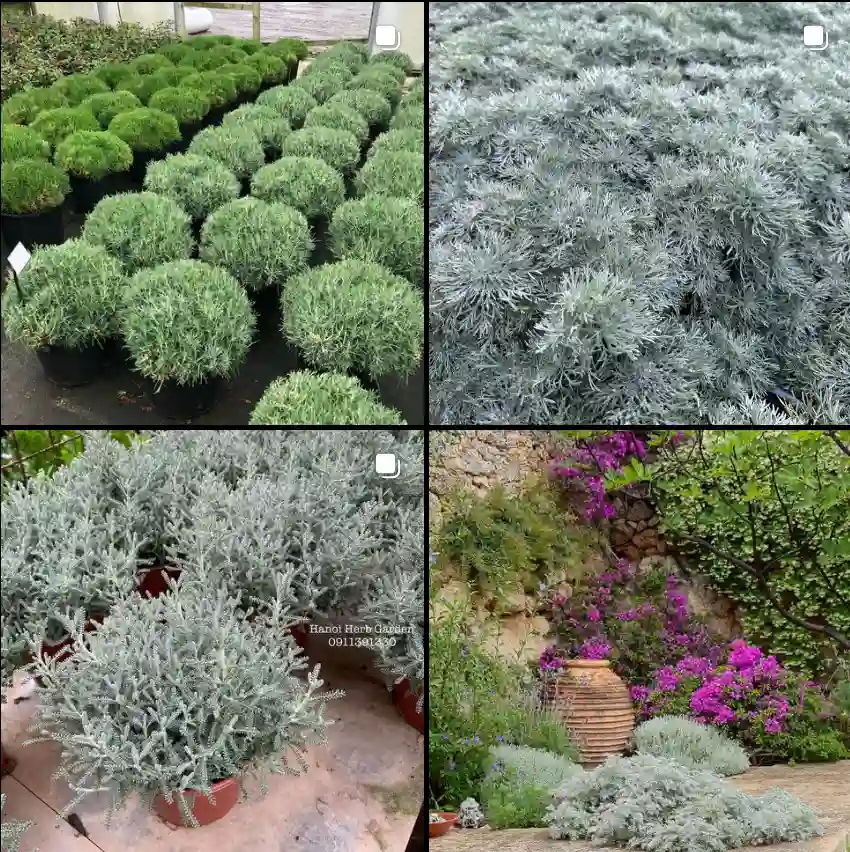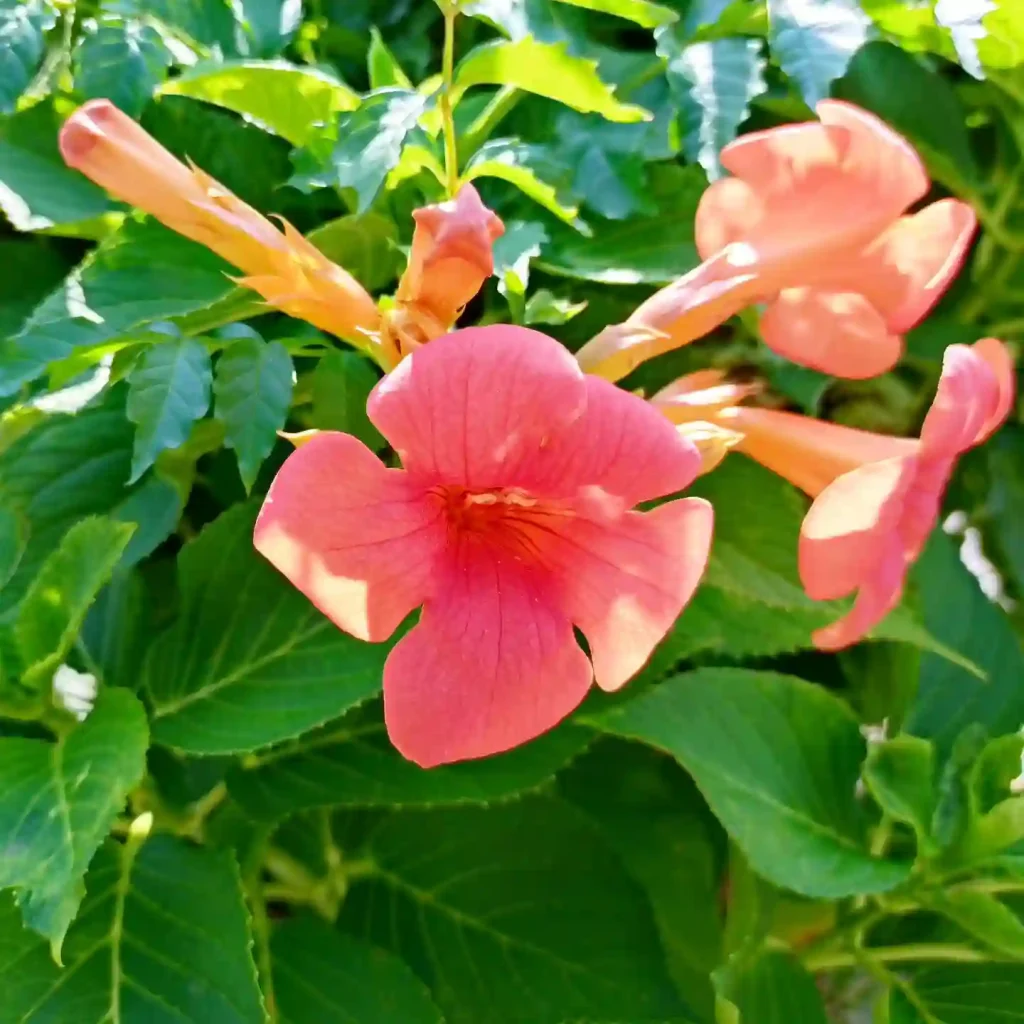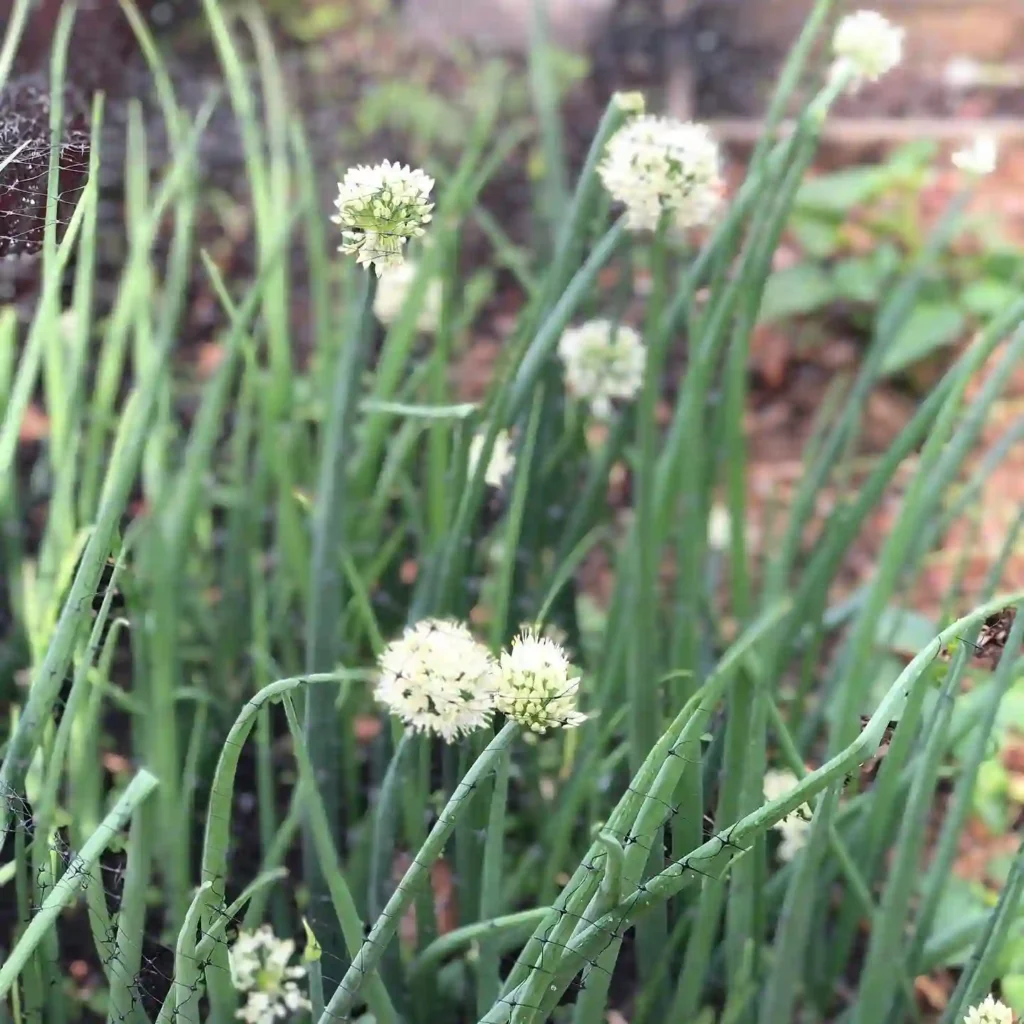Exploring the Cystodiaceae Family: A Journey into Cystodium
When I first stumbled upon the Cystodiaceae family, I was captivated by its uniqueness. This family, though lesser-known, holds a special place in the realm of botany. The genus that represents this family, Cystodium, offers a fascinating glimpse into the diversity of plant life. My journey with these plants has been enriching, and I want to share my experiences and insights with you.
What is Cystodiaceae?
The Cystodiaceae family comprises a small group of ferns primarily found in tropical and subtropical regions. The most notable genus within this family is Cystodium, characterized by its distinctive morphology and ecological adaptations. Understanding this family requires a closer look at the characteristics that define it and its significance in our ecosystems.
The Genus Cystodium
Cystodium is a unique genus of ferns that showcases several intriguing features. As I explored this genus, I found its fronds to be a remarkable aspect. The leaves are often long and narrow, which allows them to thrive in various environments. This adaptability caught my attention. Each time I observed these ferns, I marveled at their resilience.
Cystodium species tend to inhabit damp, shaded areas, often thriving in rich, organic soils. I discovered that their presence can significantly contribute to the local ecosystem by providing shelter for various small organisms. The lush environments they favor make them a vital part of the biodiversity puzzle.
I remember hiking through a lush forest and stumbling upon a patch of Cystodium ferns. The way they intertwined with the surrounding flora created a stunning visual tapestry. This experience highlighted the importance of conserving such habitats.
Cystodium species
- Cystodium solomonense: This rare fern species, native to the Solomon Islands, is known for its dramatic, feathery foliage that resembles the leaves of palm trees. Cystodium solomonense thrives in tropical rainforests, where it adds lush greenery to the understory. It prefers shaded, moist environments and can reach impressive heights of up to 6 feet, making it a standout plant in any collection. While not as widely cultivated due to its specialized needs, it’s a remarkable find for enthusiasts of exotic ferns who appreciate its unique frond structure and delicate appearance.
- Cystodium sorbifolium: Cystodium sorbifolium is a large, striking fern found in the tropical regions of Southeast Asia, often thriving in wet, shaded areas near rivers and streams. This fern is admired for its robust, bipinnate fronds that resemble the leaves of the Sorbus (rowan) tree, hence the name “sorbifolium.” It can grow impressively tall, with fronds extending up to 9 feet in length, adding a lush, forest-like quality to the landscape. Though it requires a humid environment to thrive, it’s a favored choice for botanical gardens and enthusiasts due to its elegant structure and ability to add depth to shaded green spaces.
Ecological Importance of Cystodiaceae
One of the things I love about plants like those in the Cystodiaceae family is their role in maintaining ecological balance. They contribute to soil stability, prevent erosion, and offer habitat for countless insects and small creatures. Observing how these ferns interact with their environment has deepened my appreciation for nature’s interconnectedness.
Cystodium species can often be found in understory layers of forests, where they play a crucial role in the ecosystem. Their ability to retain moisture in the soil aids in maintaining humidity levels, which benefits other plant species in the vicinity. I have often noticed how the presence of these ferns can transform the atmosphere of a place, making it feel more vibrant and alive.
Cultivating Cystodium in Gardens
As I became more interested in the Cystodiaceae family, I decided to experiment with growing Cystodium in my garden. I was excited to create a miniature ecosystem that mimicked their natural habitat.
To successfully cultivate these ferns, I learned that they require specific conditions. They thrive in well-drained soil rich in organic matter. Additionally, I made sure to provide ample shade and moisture. This process was not without its challenges, but seeing them flourish brought me immense satisfaction.
In my experience, these ferns are relatively low-maintenance once established. Their beauty adds a lush, tropical feel to any garden. Watching the fronds sway gently in the breeze became a source of joy for me.
Aesthetics and Use in Landscaping
Beyond their ecological benefits, Cystodium ferns possess aesthetic appeal. Their elongated fronds bring an elegant touch to landscapes. I’ve found that incorporating them into garden designs creates a serene atmosphere. Whether used as border plants or as focal points in shady areas, they never fail to impress.
When designing a garden, I always consider the visual impact of each plant. Cystodium ferns provide a lovely contrast to flowering plants, making them an excellent choice for creating depth and interest. I often pair them with vibrant annuals to create a stunning visual palette.
Conservation and Future Perspectives
As I reflect on my journey with the Cystodiaceae family, I recognize the importance of conservation efforts. Many plant species, including those in the Cystodium genus, face threats from habitat destruction and climate change. Supporting initiatives that protect these plants is crucial for maintaining biodiversity.
I have made it a personal mission to advocate for the preservation of our natural habitats. I participate in local conservation groups and share my knowledge about the importance of ferns like those in the Cystodiaceae family. Every small effort counts in the grand scheme of things.
Conclusion: Embracing the Beauty of Cystodiaceae
The Cystodiaceae family, particularly the Cystodium genus, has enriched my understanding of plant life and its significance in our ecosystems. From their unique adaptations to their role in enhancing biodiversity, these ferns have left a lasting impression on me. As I continue to cultivate and appreciate these remarkable plants, I invite you to explore the beauty of the Cystodiaceae family in your gardens and natural spaces.
In a world where environmental challenges loom large, let’s celebrate the small wonders like Cystodium and commit to protecting the diversity of our planet for future generations.
If i die, water my plants!



